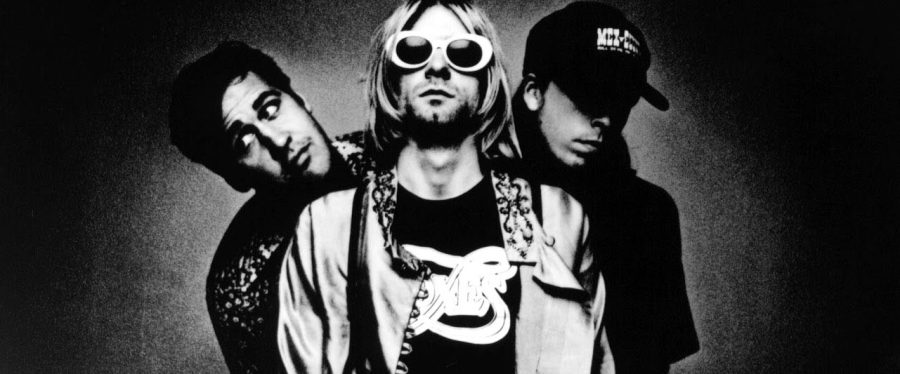1994: A Formative Year in Rock ‘n’ Roll History
March 31, 2023
1994 was the year that highlights it all–the essence of alternative music. Despite the tragedies that occurred throughout the year, including the death of grunge pioneer Kurt Cobain and the deaths and injuries occurring at the year’s Woodstock music festival, rock ‘n’ roll music became larger than it ever had before.
People may not realize how many iconic and influential alternative rock albums were released in 1994. Whether they’re radio sensations or underground gems, this year was revolutionary for the genre. Iconic songs that stand the test of time, like “Buddy Holly” by Weezer and “Basket Case” by Green Day, came out in 1994 on Weezer (popularly known as “The Blue Album”) and Dookie, respectively. Those albums remain the most popular and best-selling albums for those two artists.
“Seether ” by Veruca Salt was also one of the biggest alternative hits of ‘94, gaining the band immediate success and popularity, including a record deal and massive radio play. Speaking of radio play, The Offspring’s time-standing hit “Self Esteem” also came out this year, on their album Smash. Two other big albums Purple, by Stone Temple Pilots, and Vitalogy by Pearl Jam also delivered hits. Ever heard of “Interstate Love Song” or “Better Man”? Hole, fronted by Courtney Love, (Nirvana frontman Kurt Cobain’s wife), also released their album Live Through This. You may recognize it for its cover art, which has often been imitated. The album garnered hits “Violet”, “Miss World”, “Doll Parts”, and “Jennifer’s Body”. The unforgettable hit “Zombie” by The Cranberries also came out on No Need to Argue. Nirvana released their live album MTV Unplugged in New York, with their cover of rock icon David Bowie’s “Man Who Sold The World” gaining popularity on the radio. Rancid also released their second album Let’s Go with the single “Salvation”. An honorable mention, rock/rap group Beastie Boys came out with their formative album Ill Communication, with mind-blowing hit “Sabotage”. Albums by Alice in Chains, R.E.M., Nine Inch Nails, Soundgarden, Blur, Oasis, and Beck also came out over the span of the year. All of these bands are incredibly recognizable in the genre of alternative rock. And they all released albums in the same year? Simply iconic.
In the more underground scene, some of indie rock’s best and most underrated bands were making waves—sound waves. Superchunk released their intra-band romantic breakup album Foolish, showing that they weren’t just a one trick rock pony (they still rocked, just in another tempo). The second song on the album, “The First Part ” shot them to a musical guest appearance on an episode of Late Night with Conan O’Brien. Although their mainstream radio play was scarce, the college rock and underground scenes were booming in 1994. Pavement released Crooked Rain, Crooked Rain with standout song “Cut Your Hair”. Prolific indie legends Guided By Voices released one of their more popular albums, Bee Thousand. Built to Spill released their second album, There’s Nothing Wrong With Love, with a personal favorite, “Big Dipper”. Frank Black, former lead singer for indie and college rock legends Pixies, released a solo album, Teenager of the Year, with rockin’ songs like “Headache”. Sunny Day Real Estate also released Diary, and political rock band Bad Religion released Stranger Than Fiction. Underrated indie band Versus released their first album The Stars are Insane on TeenBeat Records–(also a great listen).
Whether they’re radio icons or college rock heroes, 1994 was the year for alternative rock. Gen X’ers lived through it, Millennials wish they did, and Gen Z’ers are asking their parents what it was like to be in a time where music was actually good.

